Lot details By Funabashi Shumin (1859-after 1914), signed to the wood box Maki-e Funabashi Shumin Japan, Meiji period (1868-1912) Of rectangular form with rounded corners, an overhanging cover, and silver rims. The exterior bearing a kinji ground superbly decorated in shades of gold and silver hiramaki-e, takamaki-e, and togidashi-e with hirame and e-nashiji to depict a wagtail perched on a craggy rock by a meandering stream below cedars and pines in a misty mountain landscape. The interior bearing a rich nashiji ground, the cover with a large 16-petal chrysanthemum mon in gold takamaki-e, the box fitted with a nine-section ita (board) with gold fundame edges, the inkstone (suzuri) similarly lacquered, the silver waterdropper (suiteki) of circular form and finely chased and incised with scrolling foliage against a ring-punched ground, the pair of writing brushes, paper pricker, paper knife, and inkstick holder similarly lacquered and with matching silver fittings. SIZE 5.2 x 22.2 x 26 cm Condition: Excellent condition with minor wear. With a lacquered wood storage box (tomobako) decorated with a 16-petal chrysanthemum in gold hiramaki-e and inscribed on the interior Maki-e FUNABASHI SHUMIN (‘lacquer by Funabashi Shumin’). Funabashi Shumin (1859-after 1914) was a pupil of Uematsu Homin. He exhibited at domestic and foreign expositions and worked for the Imperial Family. He won many prizes including at the Fifth National Industrial Exhibition in 1903 and the St. Louis Exposition in 1904. He won a silver medal at the Louisiana Purchase Exhibition in 1904. The last recorded data about the artist is a bronze medal he won at an exhibition in Tokyo in 1914. The 16-petal kiku mon indicates the present piece was an Imperial commission. Literature comparison: For a related suzuribako with summer trees by Funabashi Shumin in the Baur Collection, see Dees, Jan (1983) L'art japonais du lacque de 1900 a 1940 dans les collections Baur, Collections Baur 59, MOA Museum of Art, Kindai Nihon no shikkogei (Japanese lacquer of recent times), p. 106, no. 58/1. For an Imperial presentation box (tebako) by Funabashi Shumin see Wrangham, Edward et. al. (1995) Meiji no Takara: Treasures of Imperial Japan - The Nasser D. Khalili Collection, The Kibo Foundation, vol. 2, no. 230, and Dees, Jan (1997) Japanese Imperial Presentation Boxes 1900-1930, Oriental Art, Vol. 43, No. 1, fig. 5, p. 4. Museum comparison: Compare a document box by Funabashi Shumin in the Rijksmuseum, Amsterdam, object number AK-MAK-391. Auction comparison: Compare a closely related lacquer suzuribako by Funabashi Shumin, also dated to the Meiji period, at Bonhams, 6 November 2012, London, lot 401 (sold for 32,450 GBP). This suzuribako is currently in the collection of the Rijksmuseum, Amsterdam, on loan from Jan Dees & René van der Star, object number AK-C-2016-1.
Lot details By Funabashi Shumin (1859-after 1914), signed to the wood box Maki-e Funabashi Shumin Japan, Meiji period (1868-1912) Of rectangular form with rounded corners, an overhanging cover, and silver rims. The exterior bearing a kinji ground superbly decorated in shades of gold and silver hiramaki-e, takamaki-e, and togidashi-e with hirame and e-nashiji to depict a wagtail perched on a craggy rock by a meandering stream below cedars and pines in a misty mountain landscape. The interior bearing a rich nashiji ground, the cover with a large 16-petal chrysanthemum mon in gold takamaki-e, the box fitted with a nine-section ita (board) with gold fundame edges, the inkstone (suzuri) similarly lacquered, the silver waterdropper (suiteki) of circular form and finely chased and incised with scrolling foliage against a ring-punched ground, the pair of writing brushes, paper pricker, paper knife, and inkstick holder similarly lacquered and with matching silver fittings. SIZE 5.2 x 22.2 x 26 cm Condition: Excellent condition with minor wear. With a lacquered wood storage box (tomobako) decorated with a 16-petal chrysanthemum in gold hiramaki-e and inscribed on the interior Maki-e FUNABASHI SHUMIN (‘lacquer by Funabashi Shumin’). Funabashi Shumin (1859-after 1914) was a pupil of Uematsu Homin. He exhibited at domestic and foreign expositions and worked for the Imperial Family. He won many prizes including at the Fifth National Industrial Exhibition in 1903 and the St. Louis Exposition in 1904. He won a silver medal at the Louisiana Purchase Exhibition in 1904. The last recorded data about the artist is a bronze medal he won at an exhibition in Tokyo in 1914. The 16-petal kiku mon indicates the present piece was an Imperial commission. Literature comparison: For a related suzuribako with summer trees by Funabashi Shumin in the Baur Collection, see Dees, Jan (1983) L'art japonais du lacque de 1900 a 1940 dans les collections Baur, Collections Baur 59, MOA Museum of Art, Kindai Nihon no shikkogei (Japanese lacquer of recent times), p. 106, no. 58/1. For an Imperial presentation box (tebako) by Funabashi Shumin see Wrangham, Edward et. al. (1995) Meiji no Takara: Treasures of Imperial Japan - The Nasser D. Khalili Collection, The Kibo Foundation, vol. 2, no. 230, and Dees, Jan (1997) Japanese Imperial Presentation Boxes 1900-1930, Oriental Art, Vol. 43, No. 1, fig. 5, p. 4. Museum comparison: Compare a document box by Funabashi Shumin in the Rijksmuseum, Amsterdam, object number AK-MAK-391. Auction comparison: Compare a closely related lacquer suzuribako by Funabashi Shumin, also dated to the Meiji period, at Bonhams, 6 November 2012, London, lot 401 (sold for 32,450 GBP). This suzuribako is currently in the collection of the Rijksmuseum, Amsterdam, on loan from Jan Dees & René van der Star, object number AK-C-2016-1.
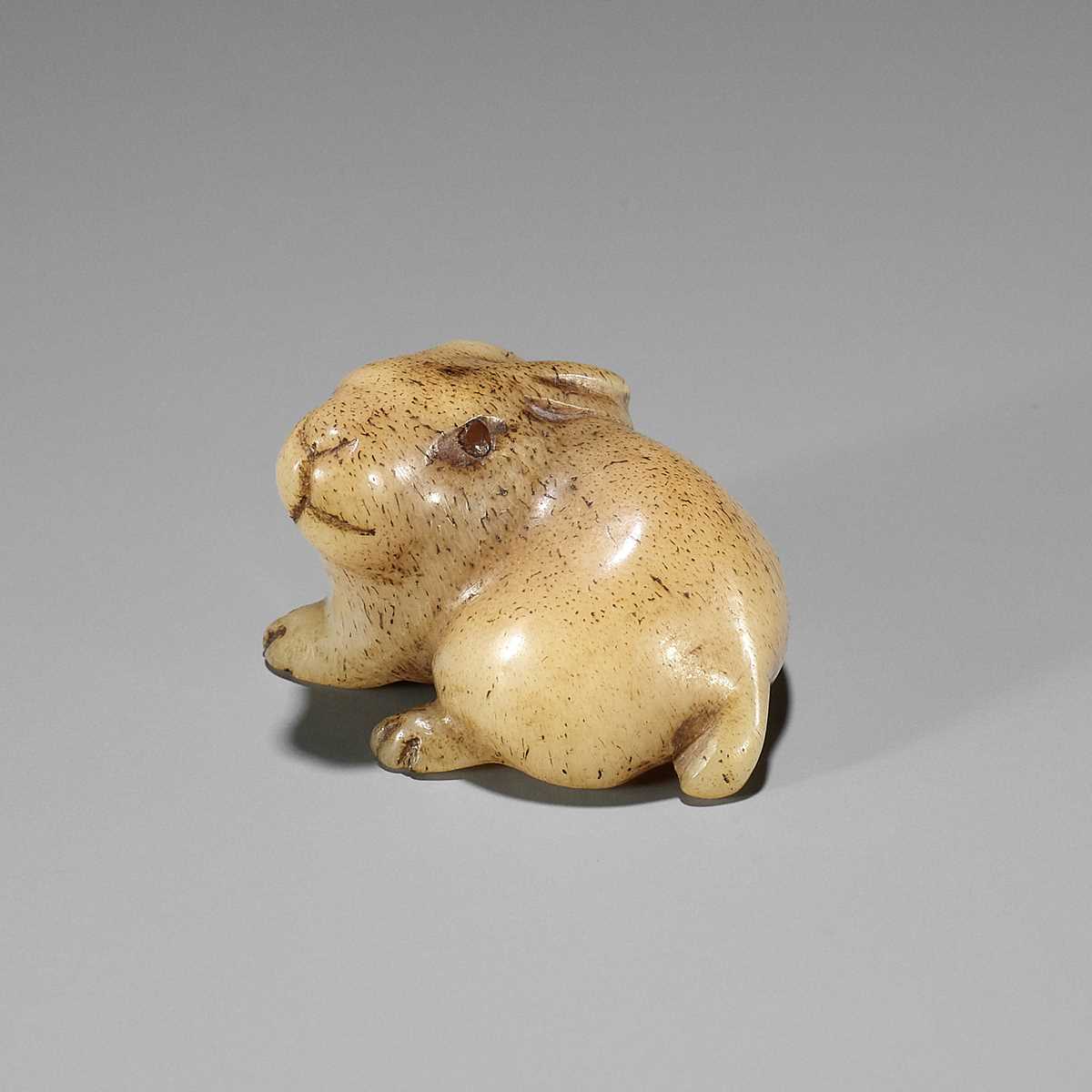
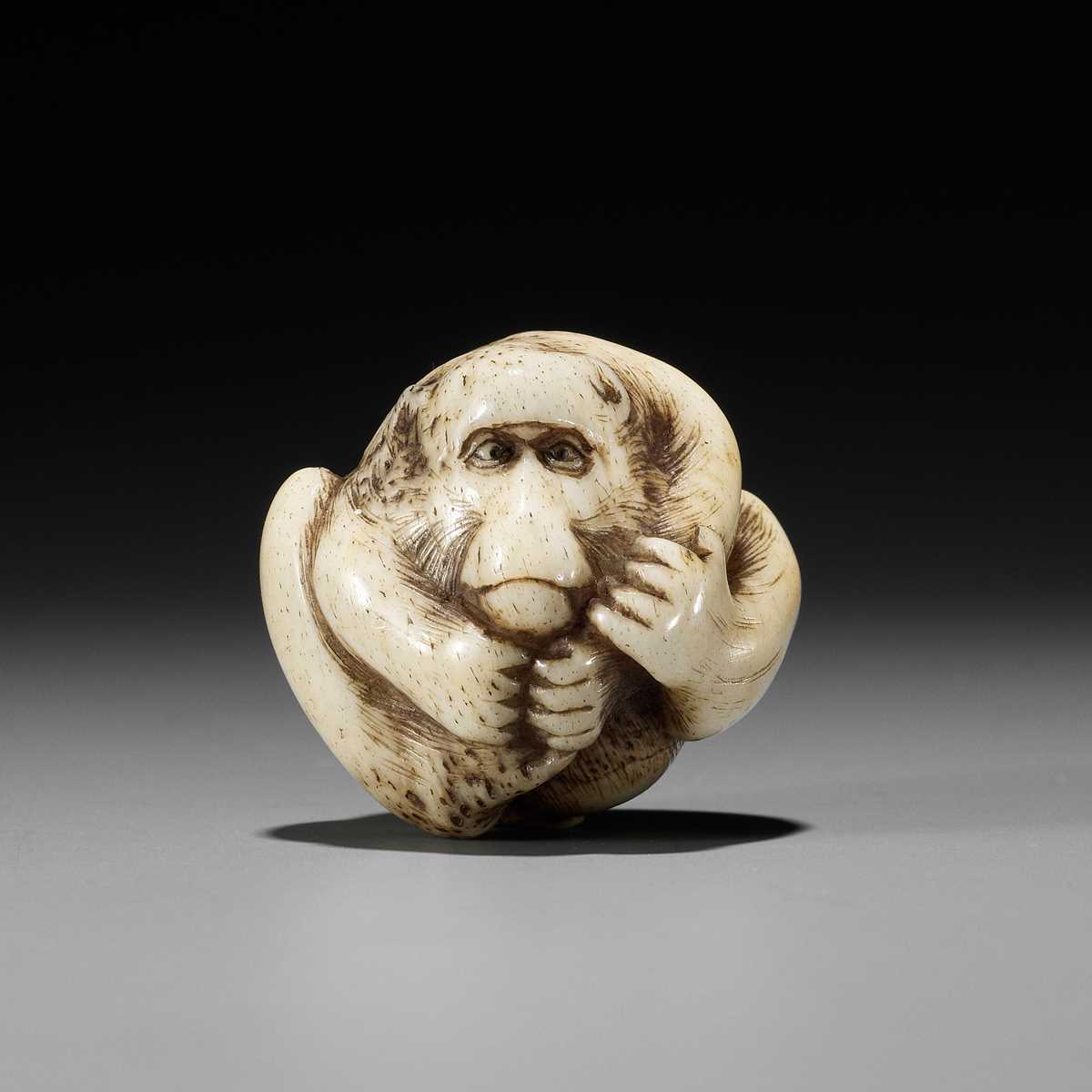
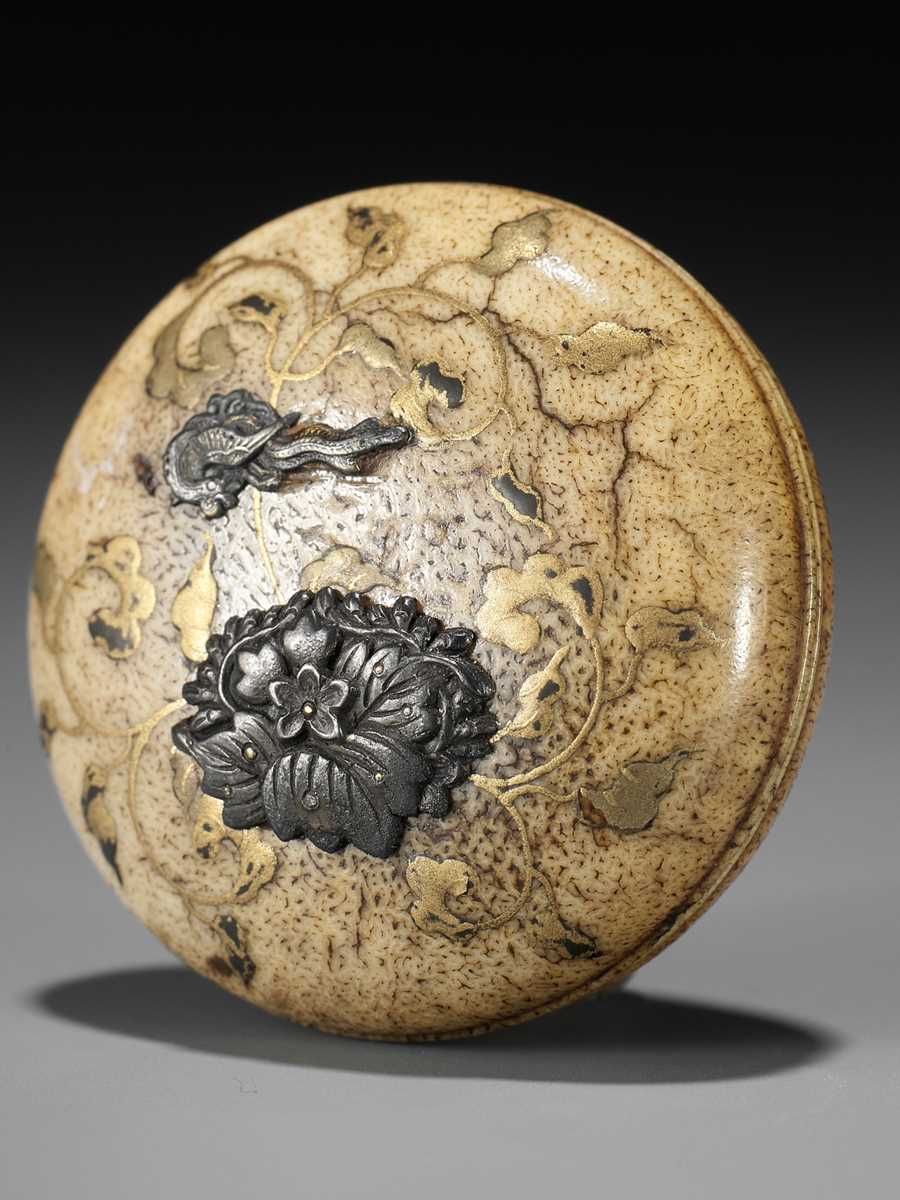
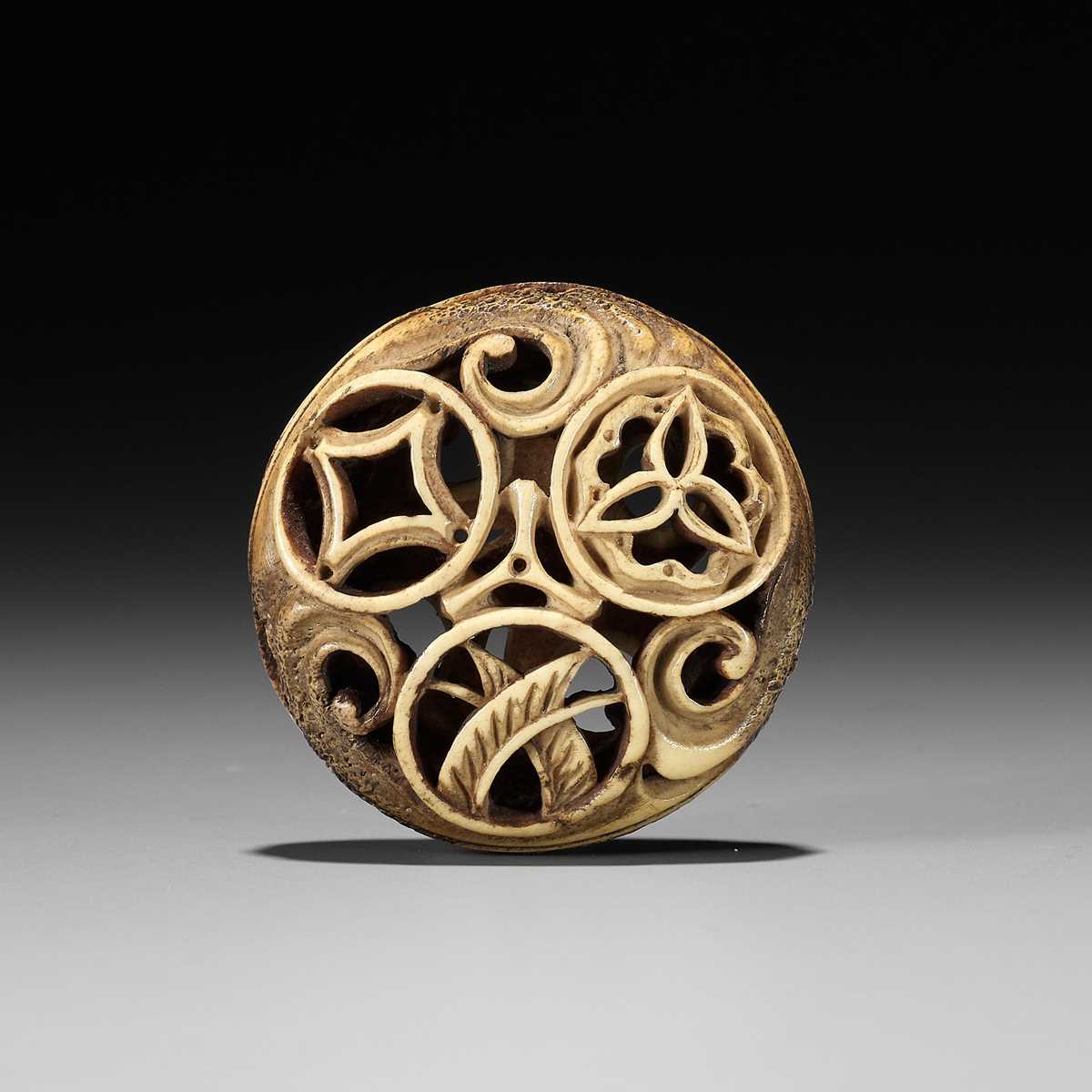
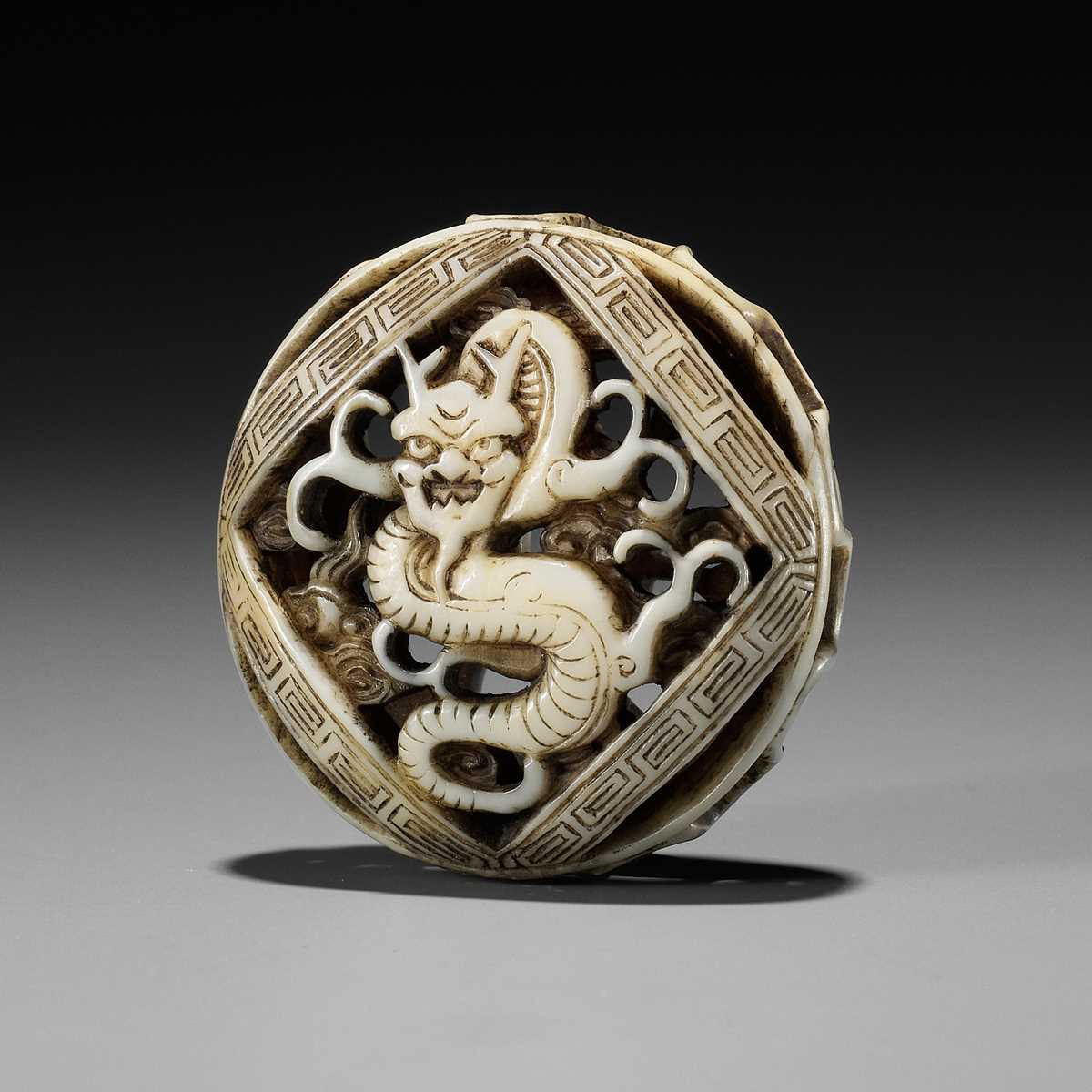
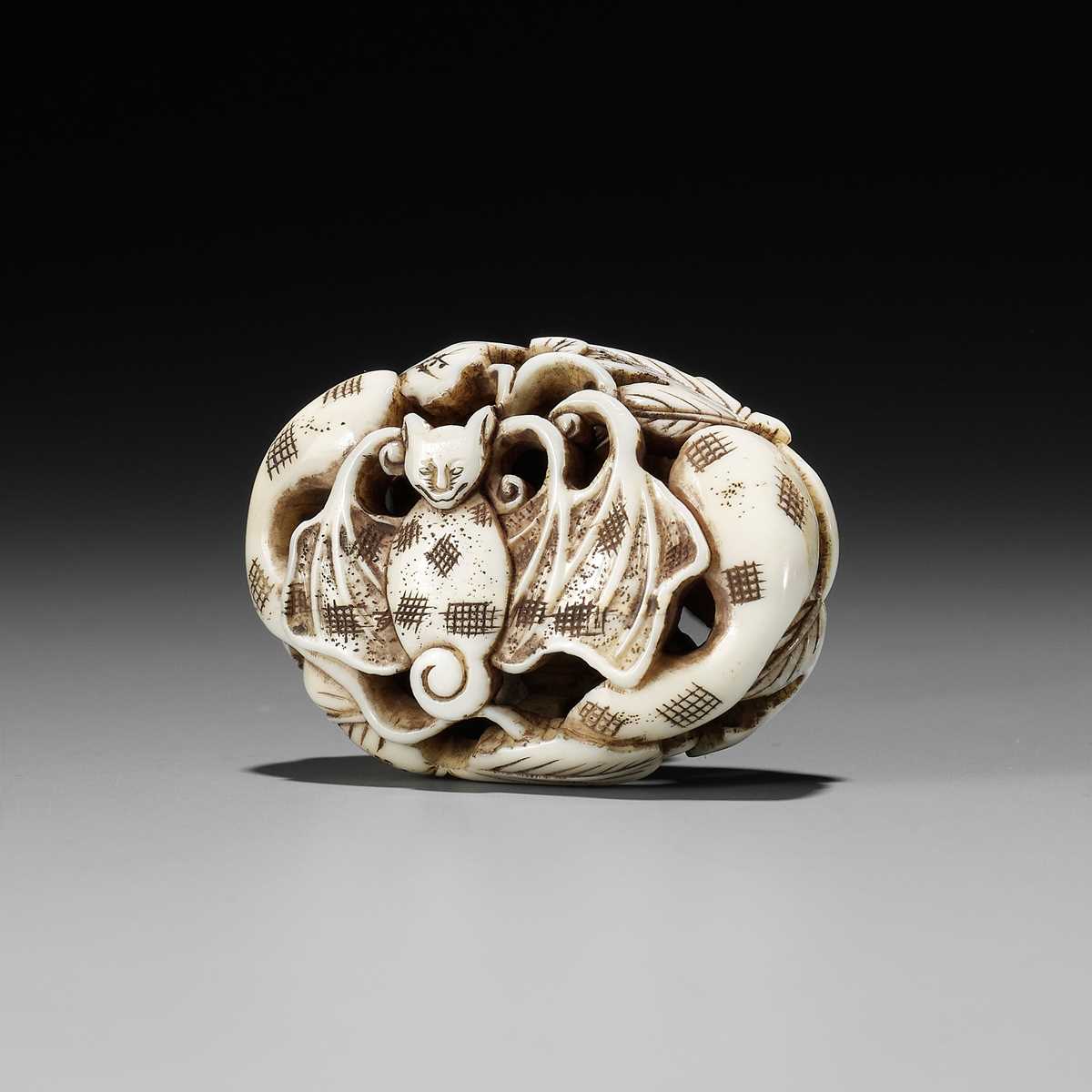
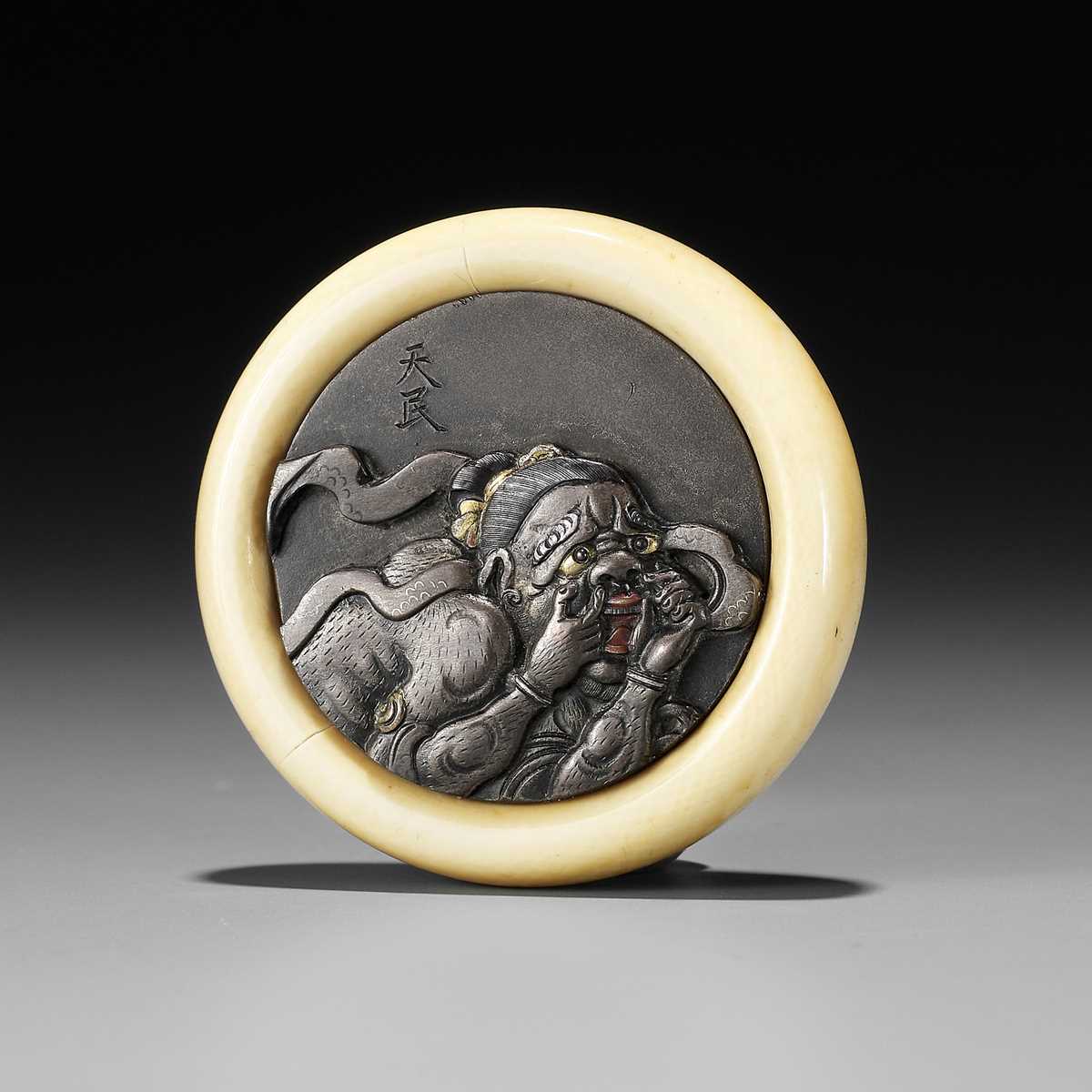
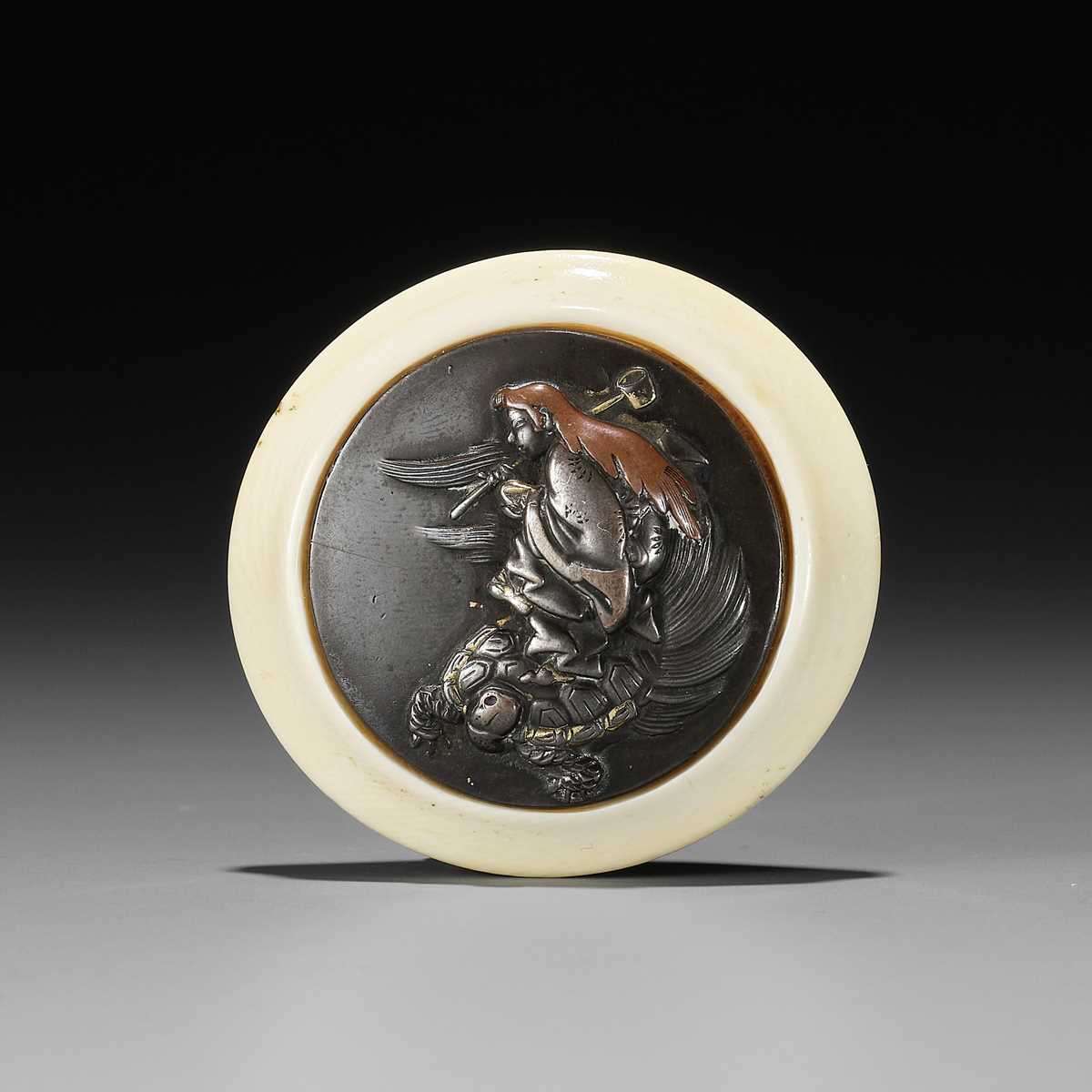
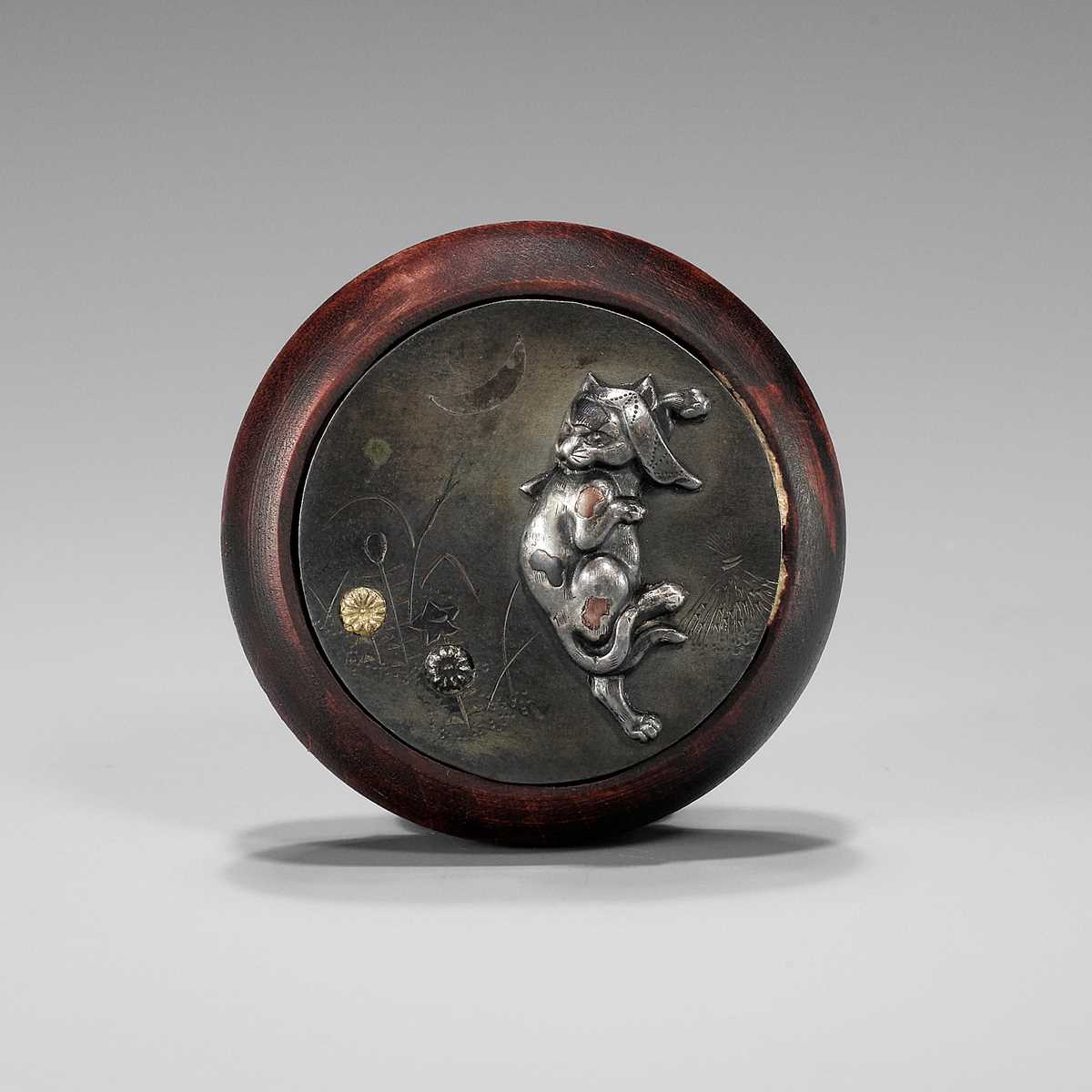
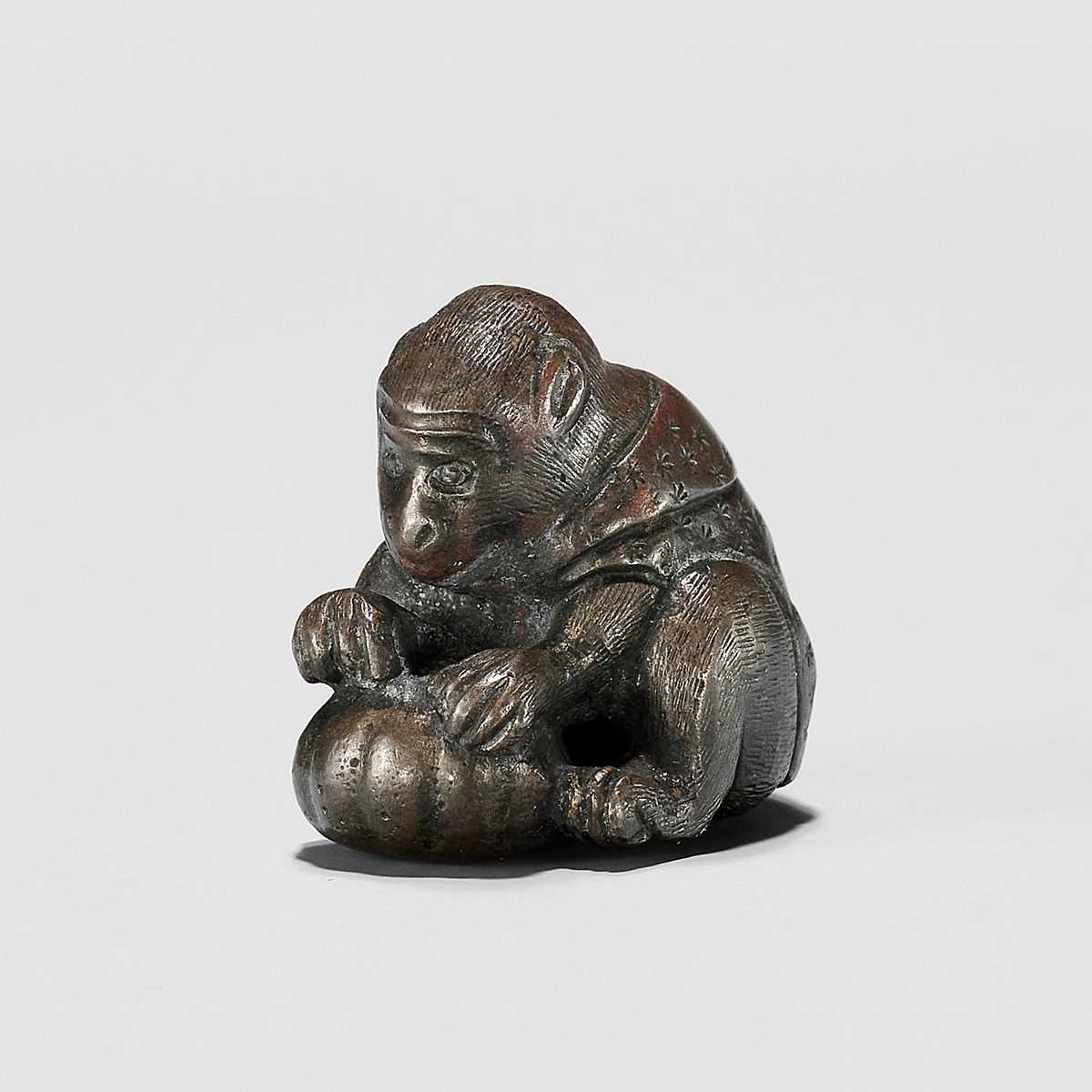
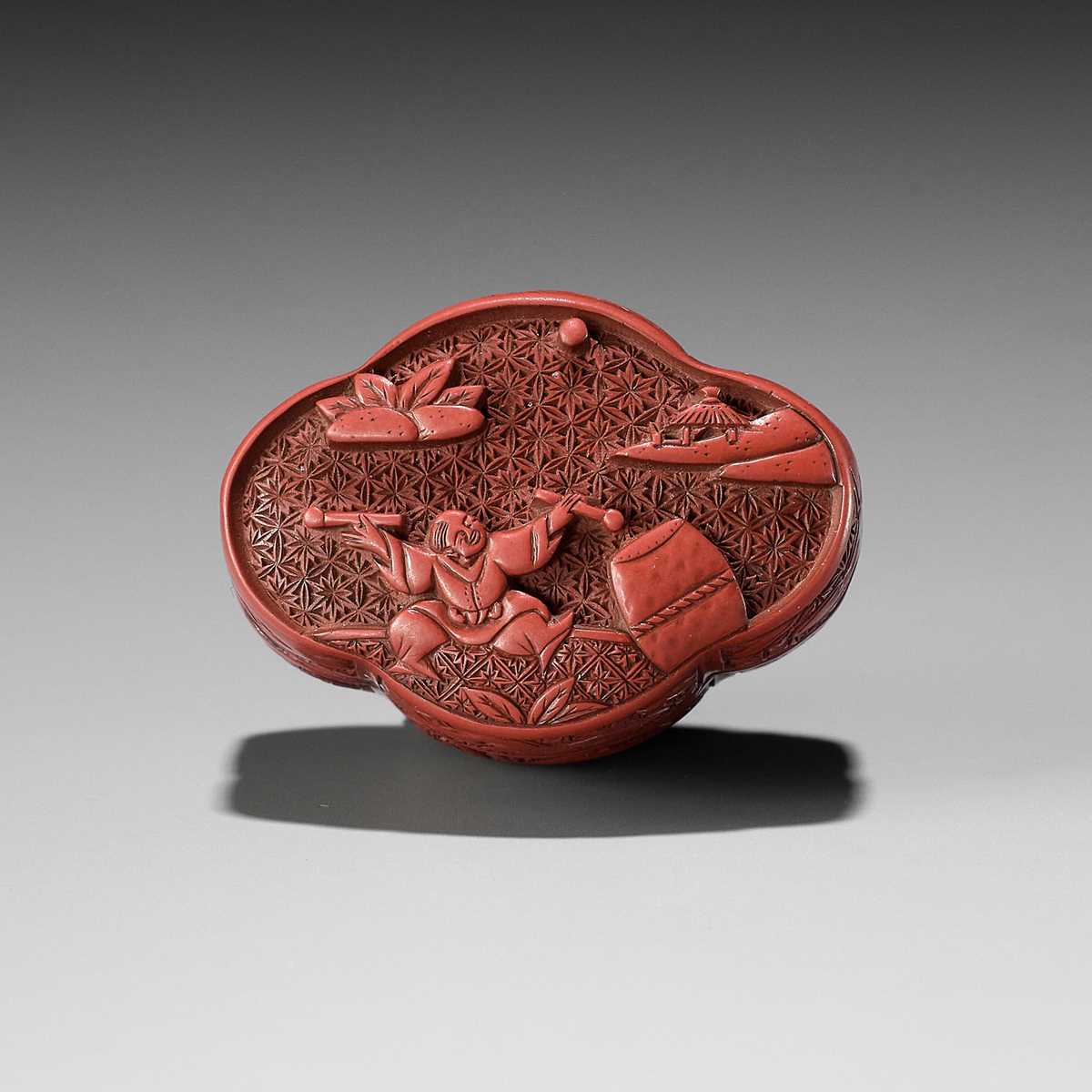
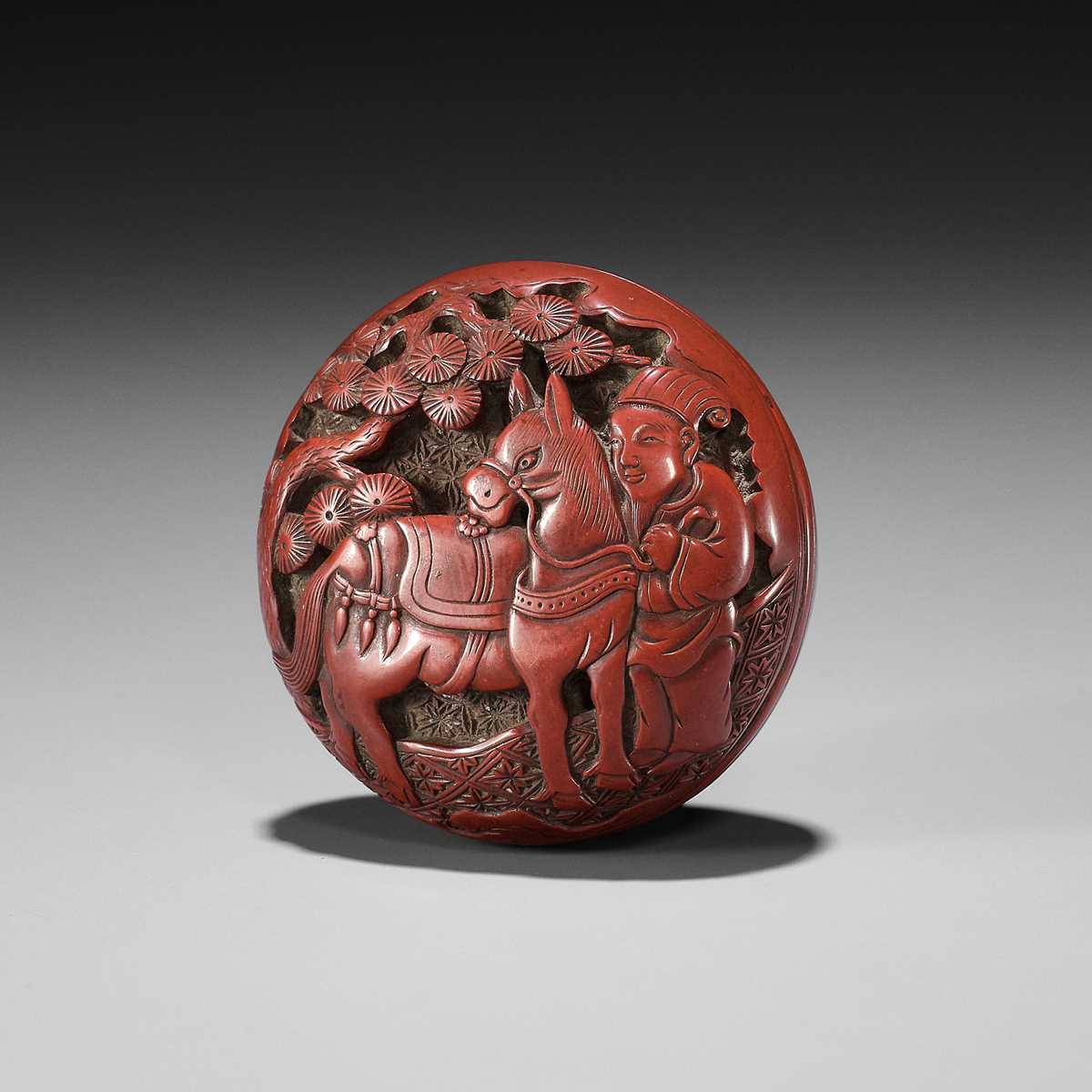
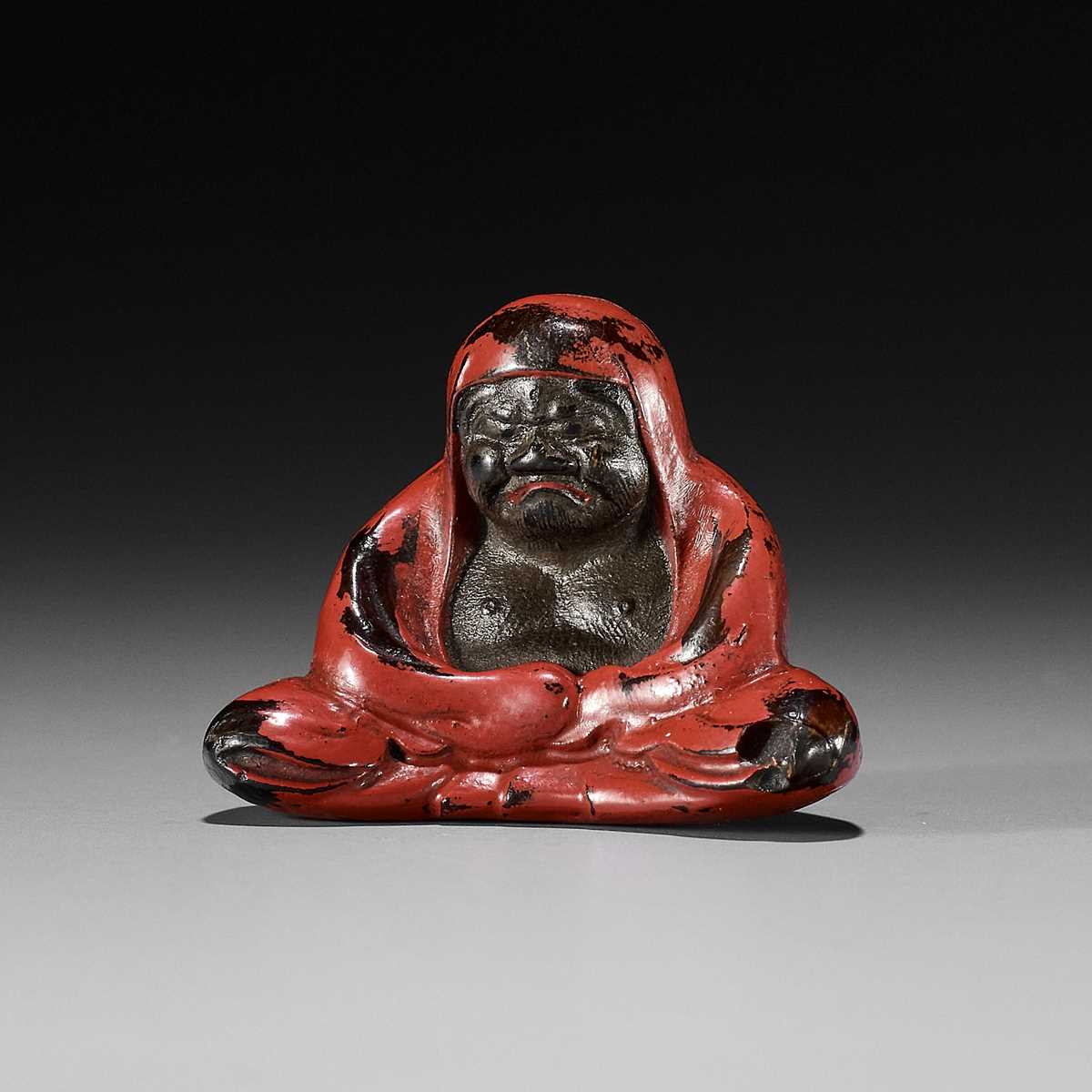
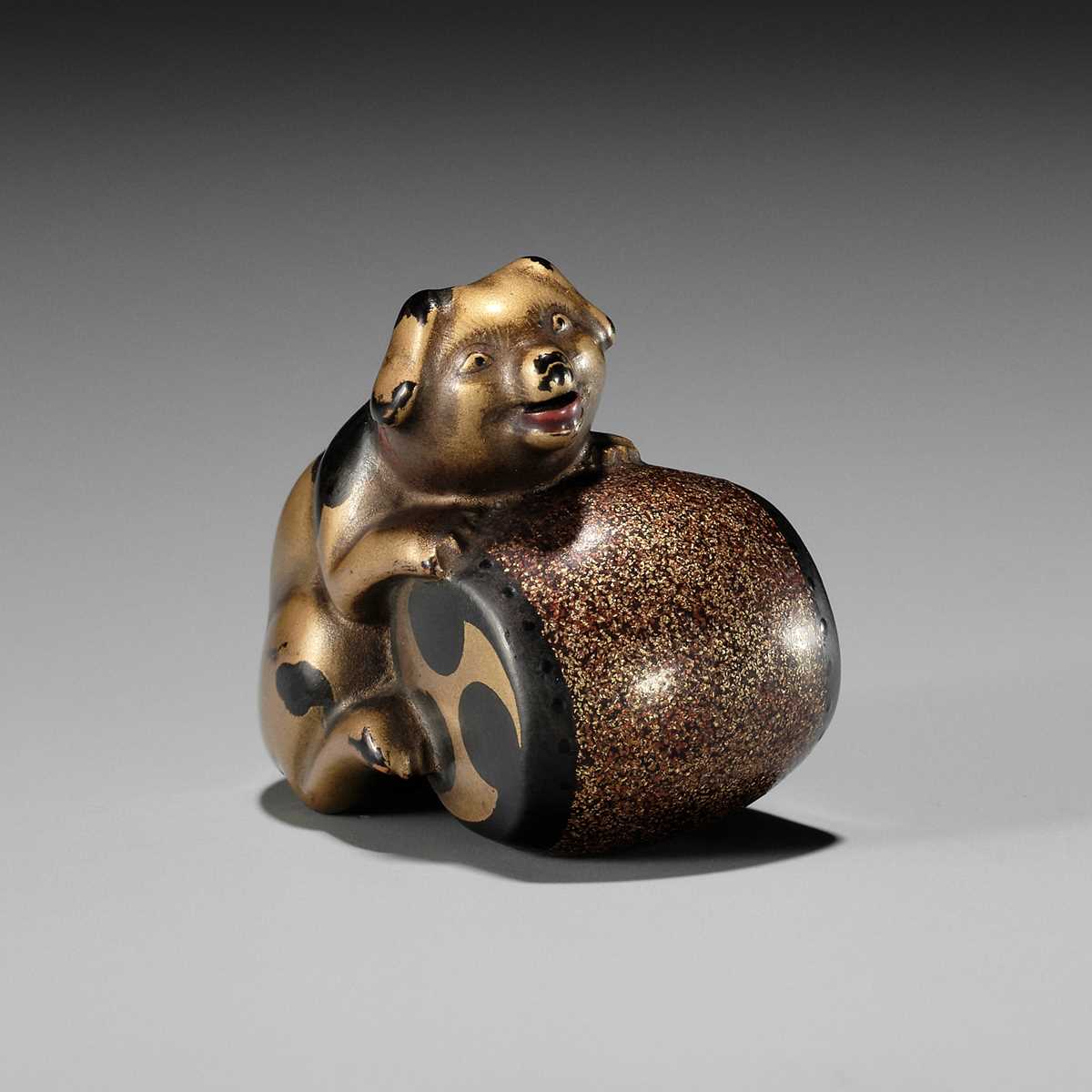
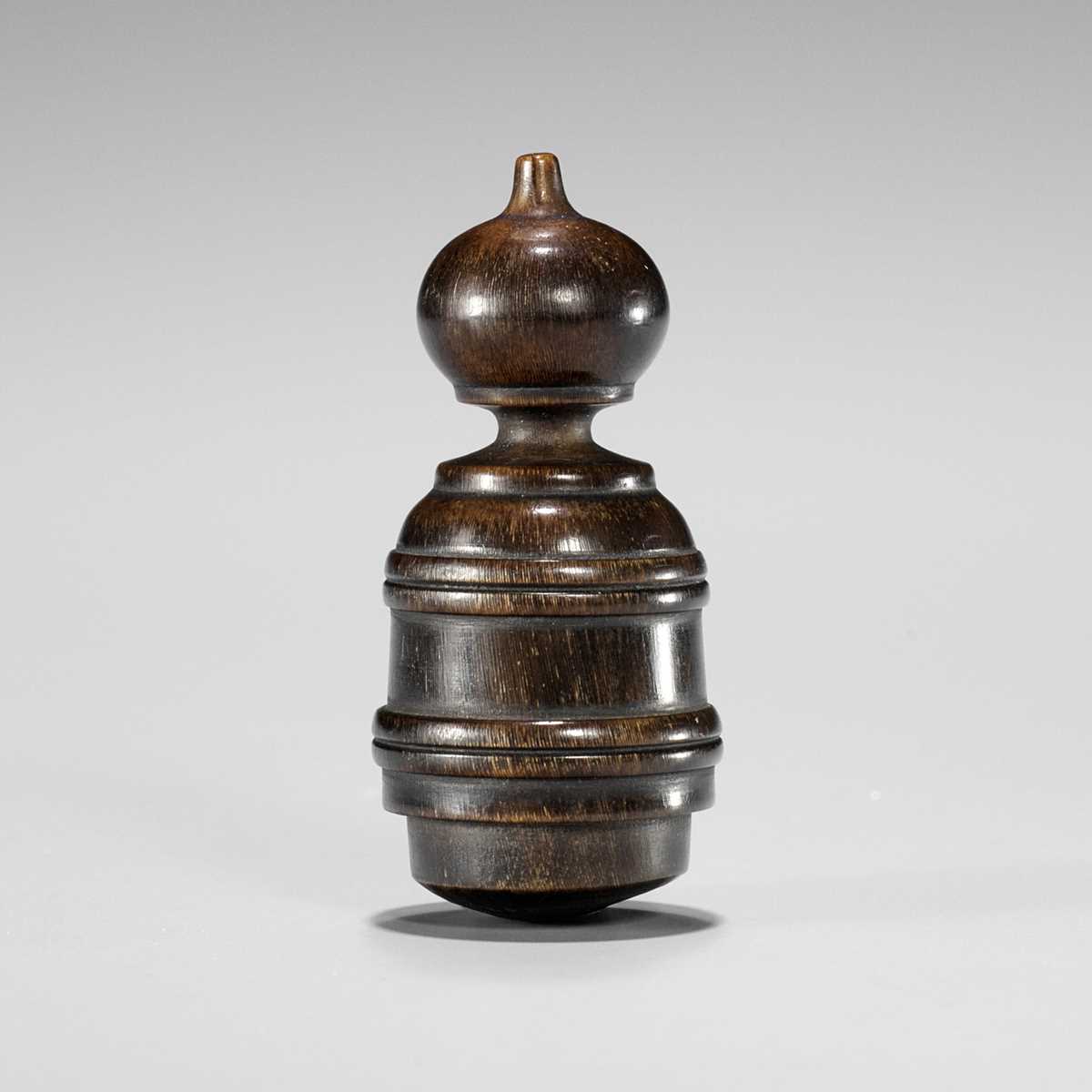
Testen Sie LotSearch und seine Premium-Features 7 Tage - ohne Kosten!
Lassen Sie sich automatisch über neue Objekte in kommenden Auktionen benachrichtigen.
Suchauftrag anlegen